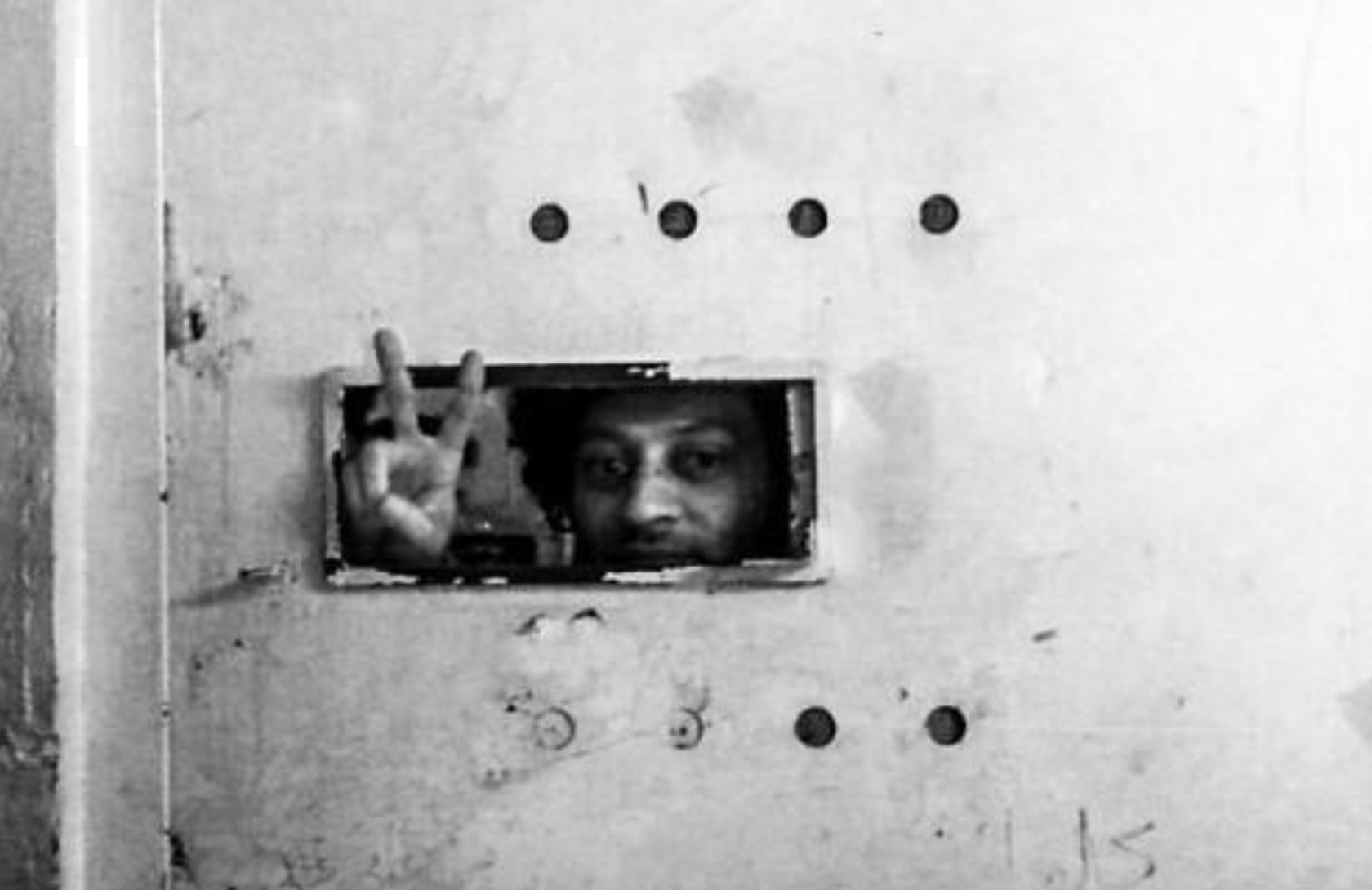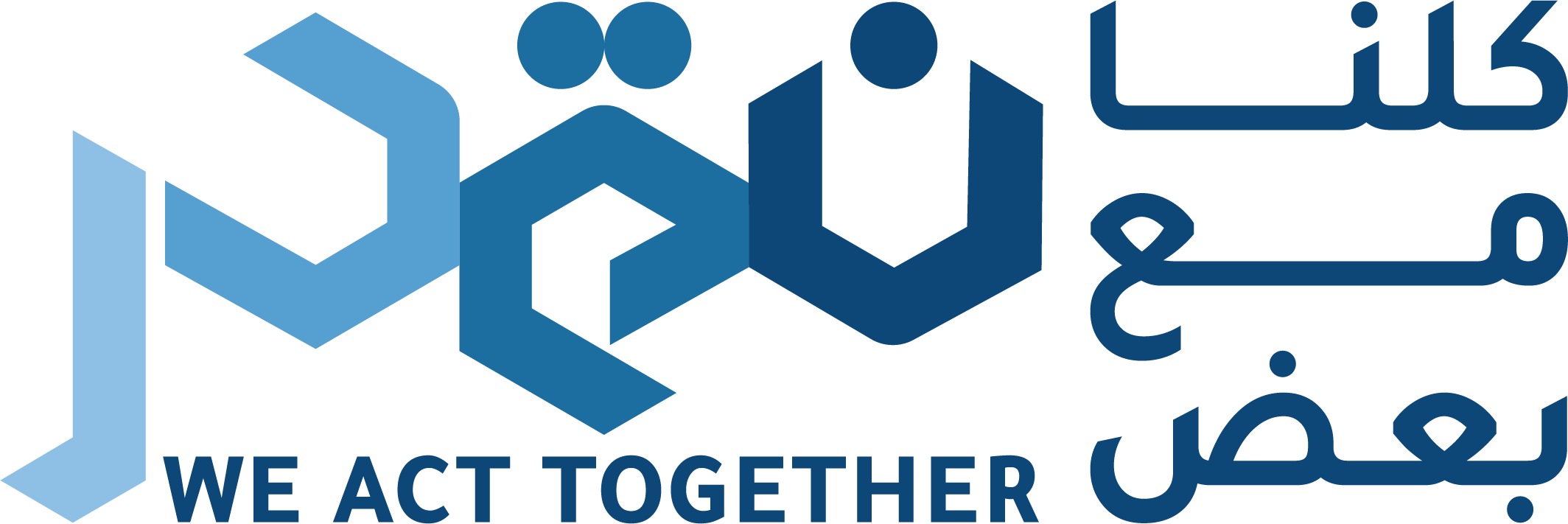Ahmed Humaidan: The Image of “Bahrain” in Prison
Humaidan: The Image of “Bahrain” in Prison
The Photographer Who Documented the Great Moments Imprisoned in Reprisal

Photos were the ammunition protesters at the Pearl Roundabout had. It made symbols and urged them to express their oppressed freedoms. The lens took shots of monuments, walls, security, people, events, oppression and bullets – until these events were turned into photos and an indelible history.
Humaidan… The Creative Photographer
Photographer Ahmed Humaidan had the most prominent presence in this memory and historicizing. His lens chased each event or slogan in order to prevent it from dying. Eventually, he is the one who was caught by the Bahrain authorities. In a country that puts creative people behind bars, photographer Ahmed Humaidan, who won 163 international awards for 29 photos through competitions recognized by the International Federation of Photographic Art (FIAP) and the Photographic Society of America, languishes in Bahraini prisons. Humaidan ranks second in the Gulf region in terms of the number of awards received, while he has been sentenced in his country on security related charges since his arrest on December 28, 2012.
One cannot believe that the “creative” photographer is imprisoned today, at a time when countries rush to recognize and present him with artistic awards. These awards did not stop after his trial and prison sentence, instead, he won two awards in an international photo exhibition in Serbia. Humaidan also was awarded the gold medal from the Photographic Society of America in the “Man and Work” contest, in addition to the bronze medal “Salon” in the same contest, having shared photos he had taken during the protests.
The Arrest Journey
For you to grab your camera and take photos means that you are a criminal and should be prosecuted. The police stormed into Humaidan’s home several times over six months in search of him, as he was accused in an incident during which a police station in the Sitra area in eastern Bahrain was attacked. In addition, he was charged with assaulting security personnel. His family denies the accusations, and hold that the authorities target their son, Ahmed Humaidan, because he is only a photojournalist. After months of continuous harassment prior to his arrest by the police, 15 plainclothes policemen took him by force to a detention centre where, handcuffed and blindfolded, he was interrogated for two days and then placed in solitary confinement for the next five days. These events took place on December 29, 2012, when he was arrested along with 30 other people, on charges of participating in protests against the Bahraini government. Humaidan was at the location where the protests took place with the aim of documenting the Bahraini police’s crackdown on demonstrators, as part of his coverage of the popular movement that began in Bahrain since February 2011.
A year after his “abduction”, the trial commenced, and the first hearing took place on February 12, 2013. On March 26, 2014, a Bahraini court sentenced Humaidan to ten years in prison, in the case of “The assault on Sitra Center”. The court also sentenced 27 others to prison sentences varying from three to ten years, on charges of attacking the police station in the Sitra area and vandalism during protests in Bahrain.
Denouncement and Condemnation
After the ruling was handed down, there were numerous reactions from international and local organizations supporting journalists. Reporters Without Borders strongly denounced Ahmed Humaidan’s ten-year prison sentence after he was officially prosecuted on charges of attacking a police station on Sitra Island on April 8, where he was filming atrocities committed by security forces there”.
The Bahrain Press Association also condemned the court’s verdict, and considered that “the ruling against Humaidan is yet another setback to be added to the lapses of the judiciary in Bahrain, which failed, and continues to, when it comes to guaranteeing fair trials for detainees from the media, or to hold accountable those involved in the instances of murder and torture of journalists, photographers and activists. Moreover, the Committee to Protect Journalists condemned the ruling and considered it “an attempt by the Bahraini authorities to censor independent and dissenting voices”.
The Weapon of Security Forces: Torture
Behind prison bars, Humaidan suffered from systematic torture in Bahraini prisons. The family of detained photographer, Ahmed Humaidan, said that they were able to visit him on May 5, 2015, after about a month and a half of no contact. The family reported that Ahmed said that he was subjected to physical and psychological torture, in connection with the events that took place in Jaw Central Prison on March 16. To human rights observers who monitor prison conditions in Bahrain, it is no secret that the security authorities use torture to suppress the detainees’ opinions and thought.
One of the indicators of the space that freedom has in a given country is the extent to which the press and media are active. The broader this space, the more the state demonstrated its respect for freedom of expression and opinion. However, the situation is different in Bahrain, where journalists and photographers are languishing behind bars, simply for covering current event, and on charges that amount to terrorism.
